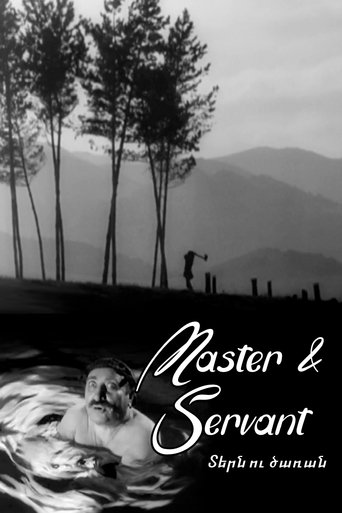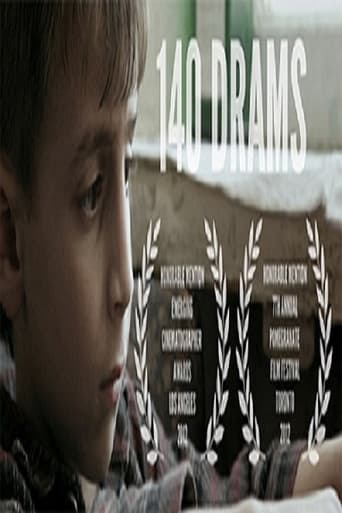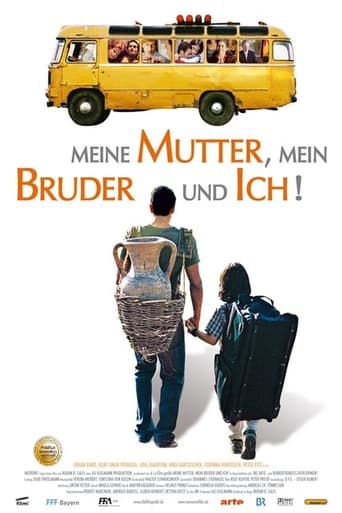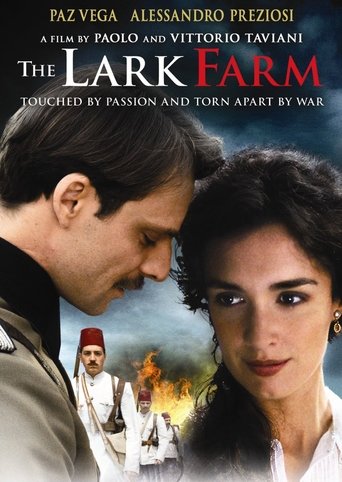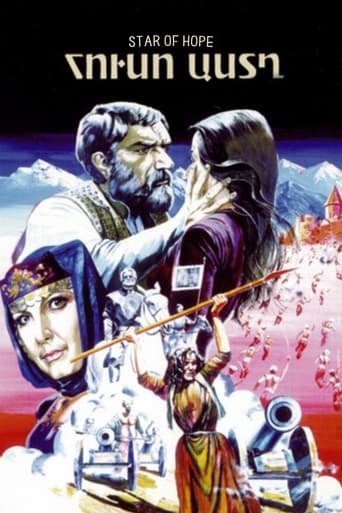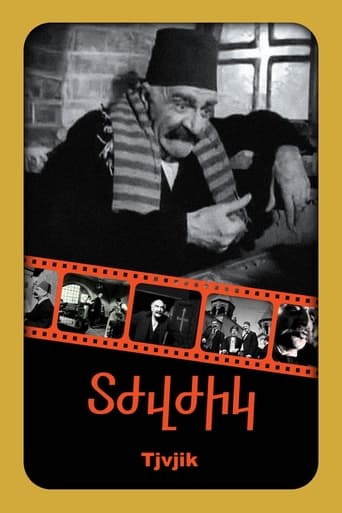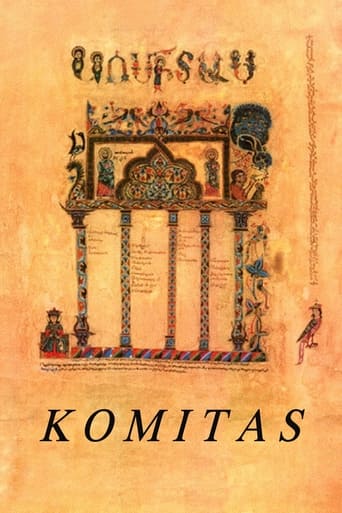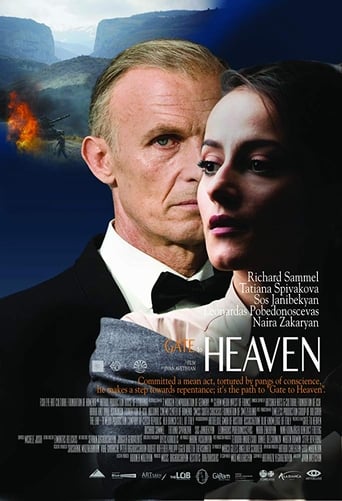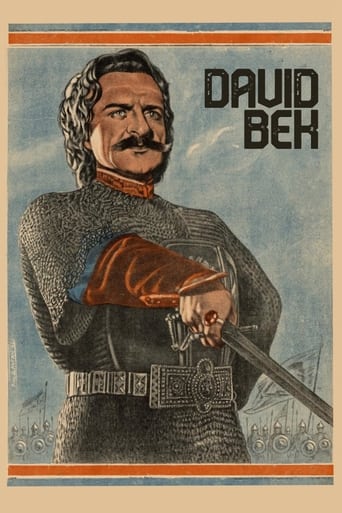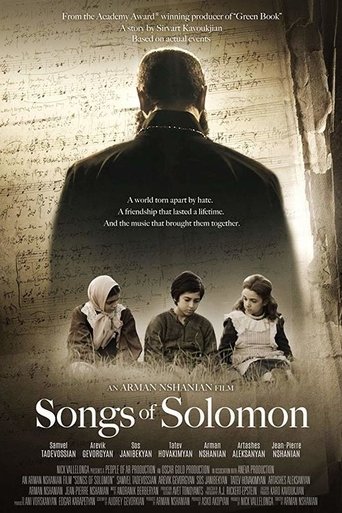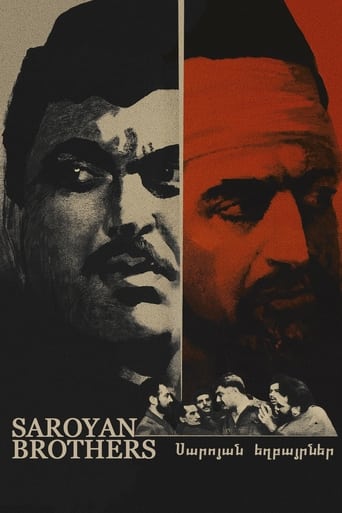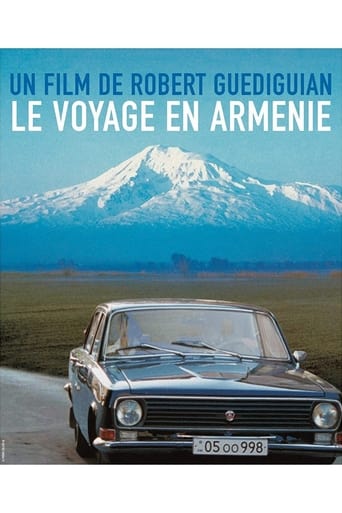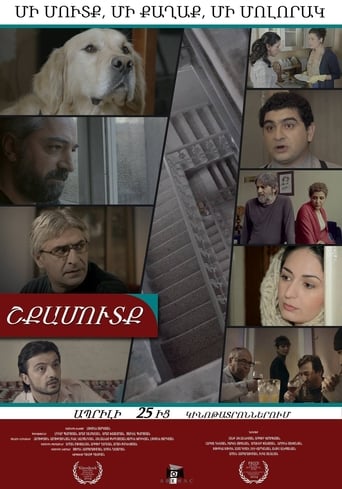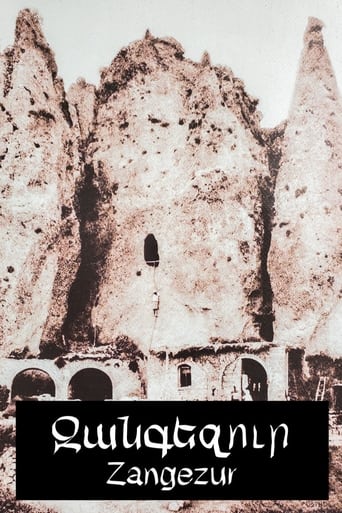Big Story in a Small City
The feature film is based on true events that changed two families forever. The story, both comical, satirical and a tragedy begins in the city of Yerevan, Armenia. Grigor Janoyan, a professor of agriculture at the University of Yerevan, dies from a freak accident, almost as strange as the events that soon follow. In accordance with Armenian tradition, the relatives bring the deceased into their home for the "viewing" by his friends and family before the burial. The family, consumed with grief fails to realize that the body on the dining room table is not Grigor. A friend of the family, while paying respects, discovers the mistake. Grigors look-a-like, Ruben Pashayan was the head of Armenia's organized crime families. Trouble is inevitable, but as the story continues, Grigor's son Hayk and his friends begin the quest of finding his father's body.
